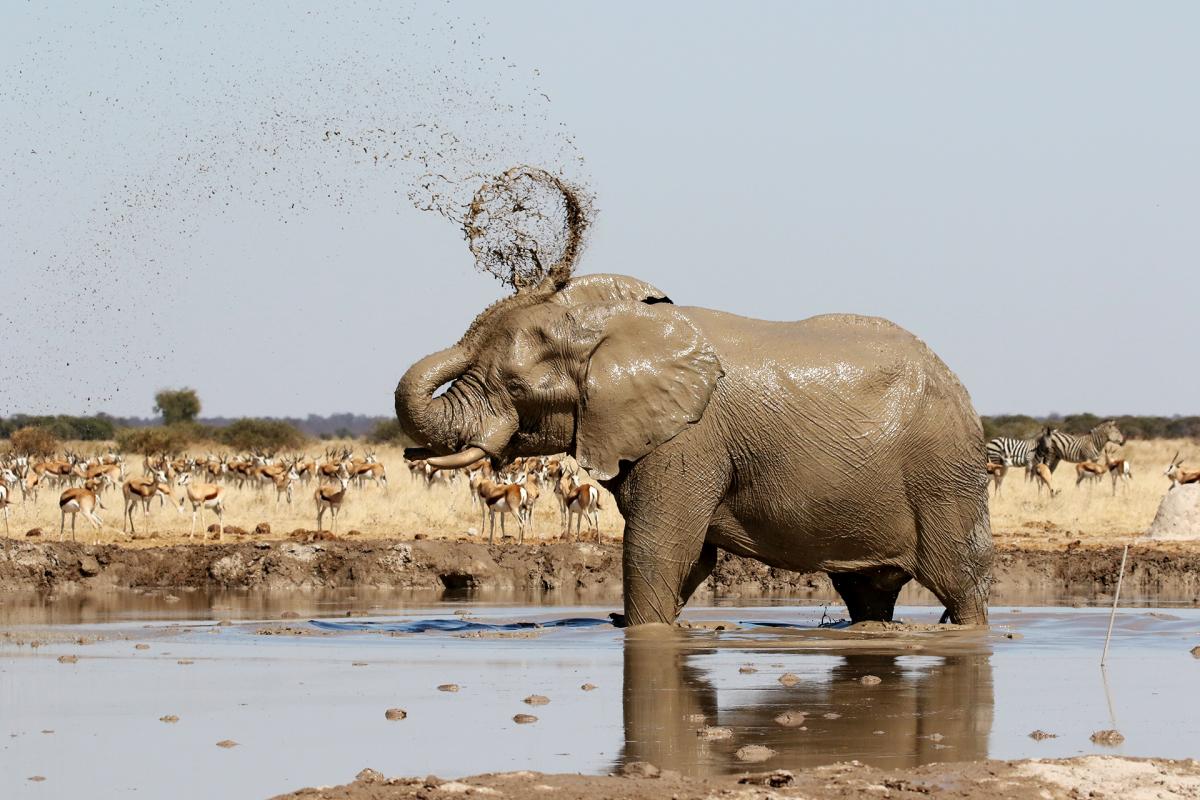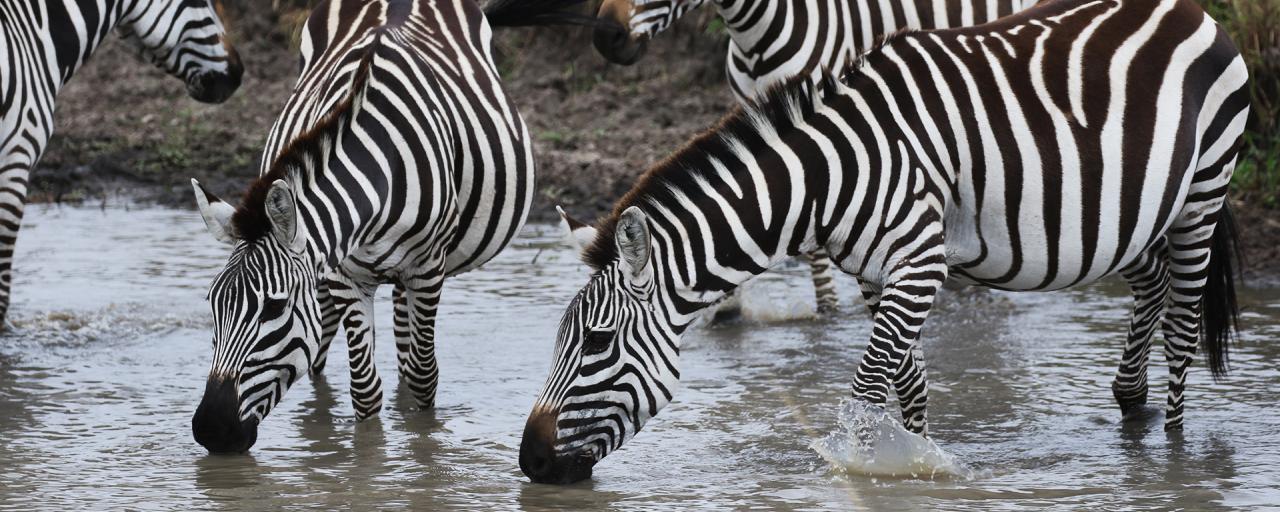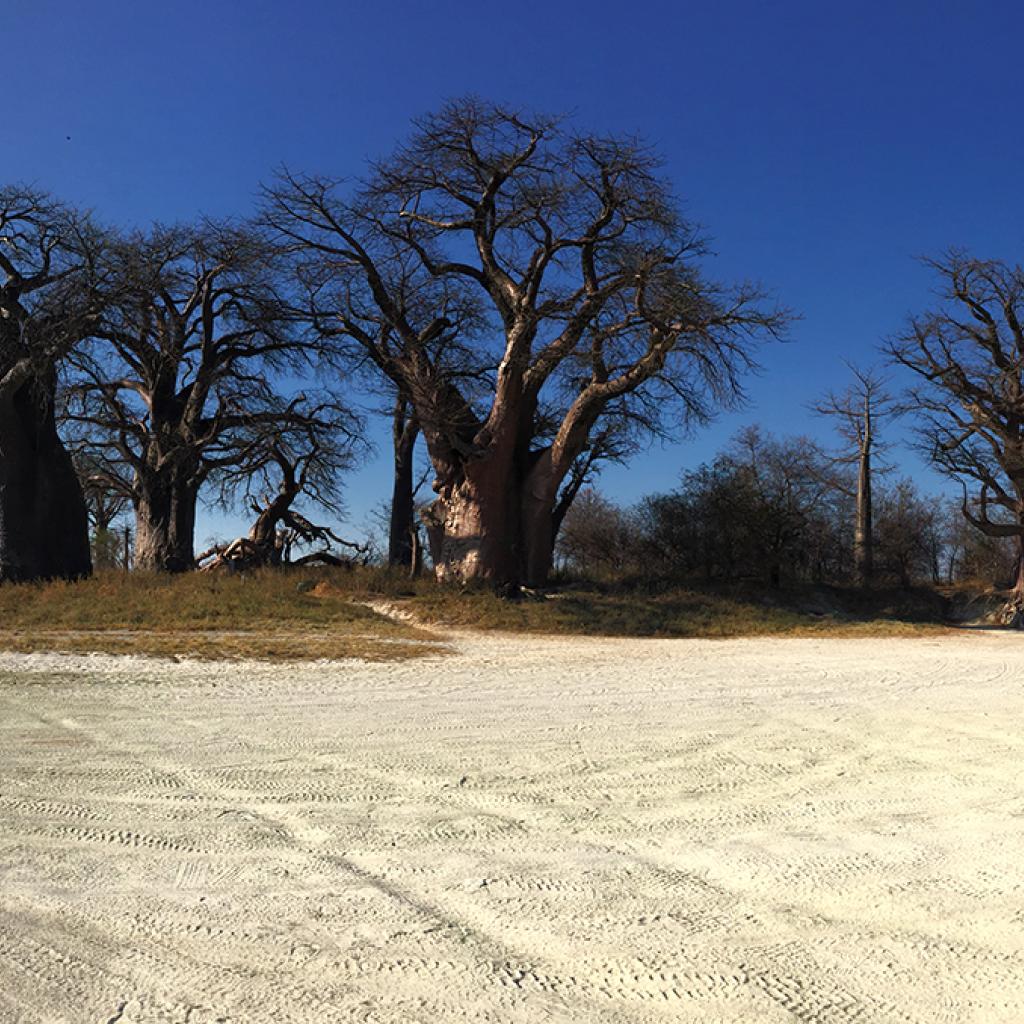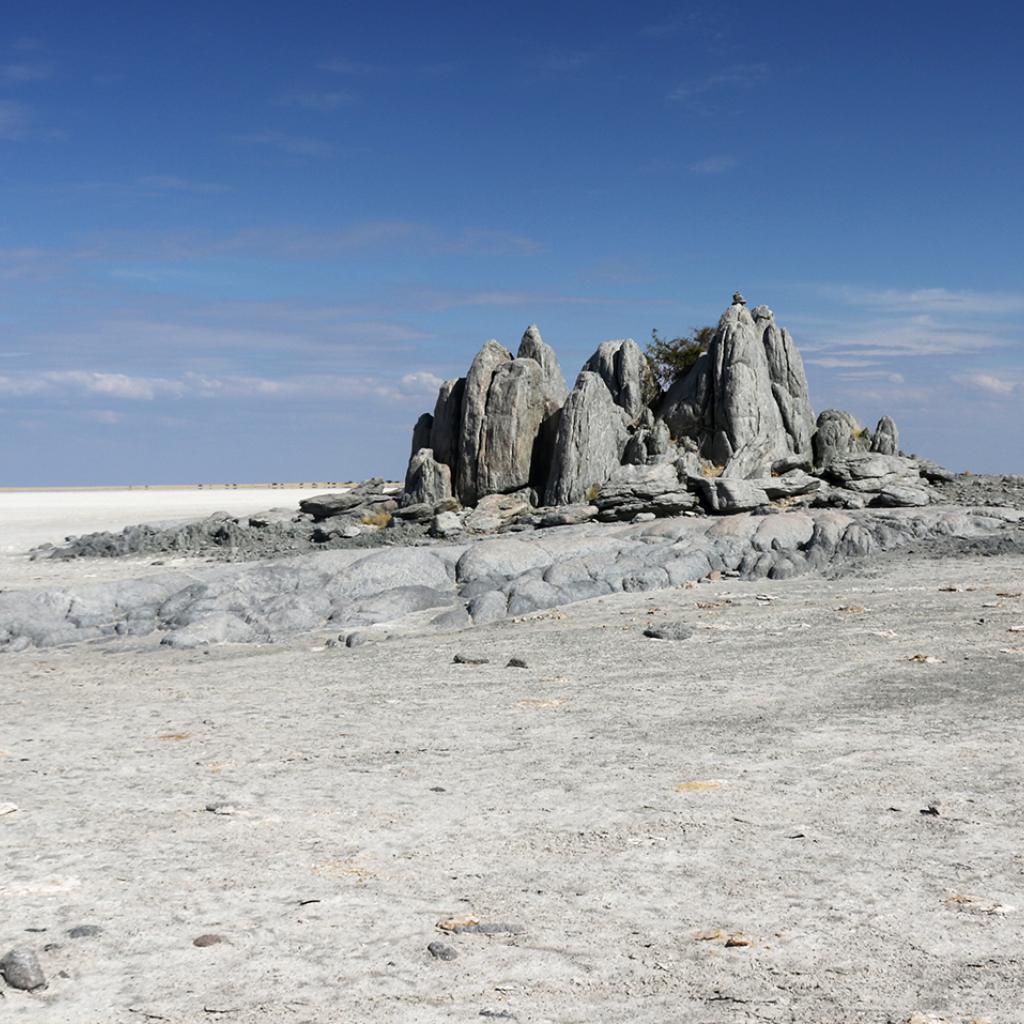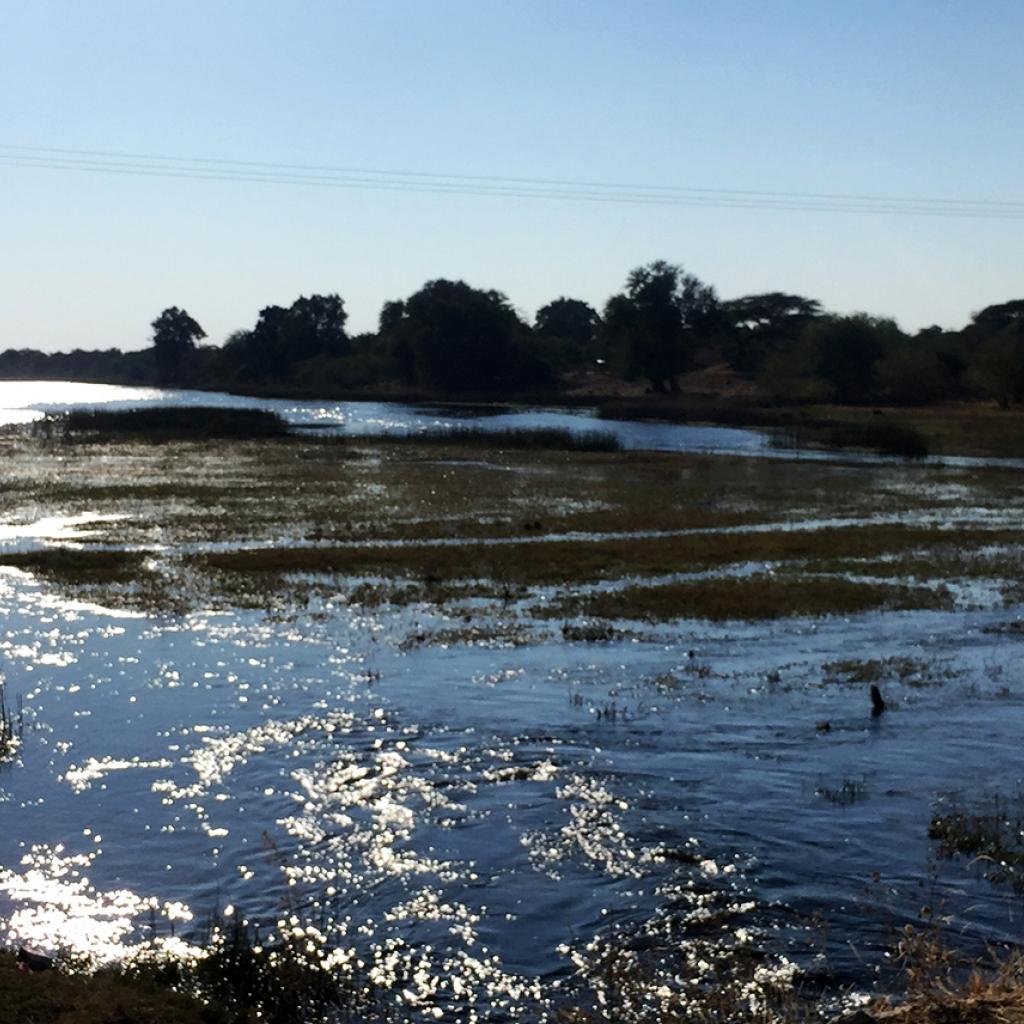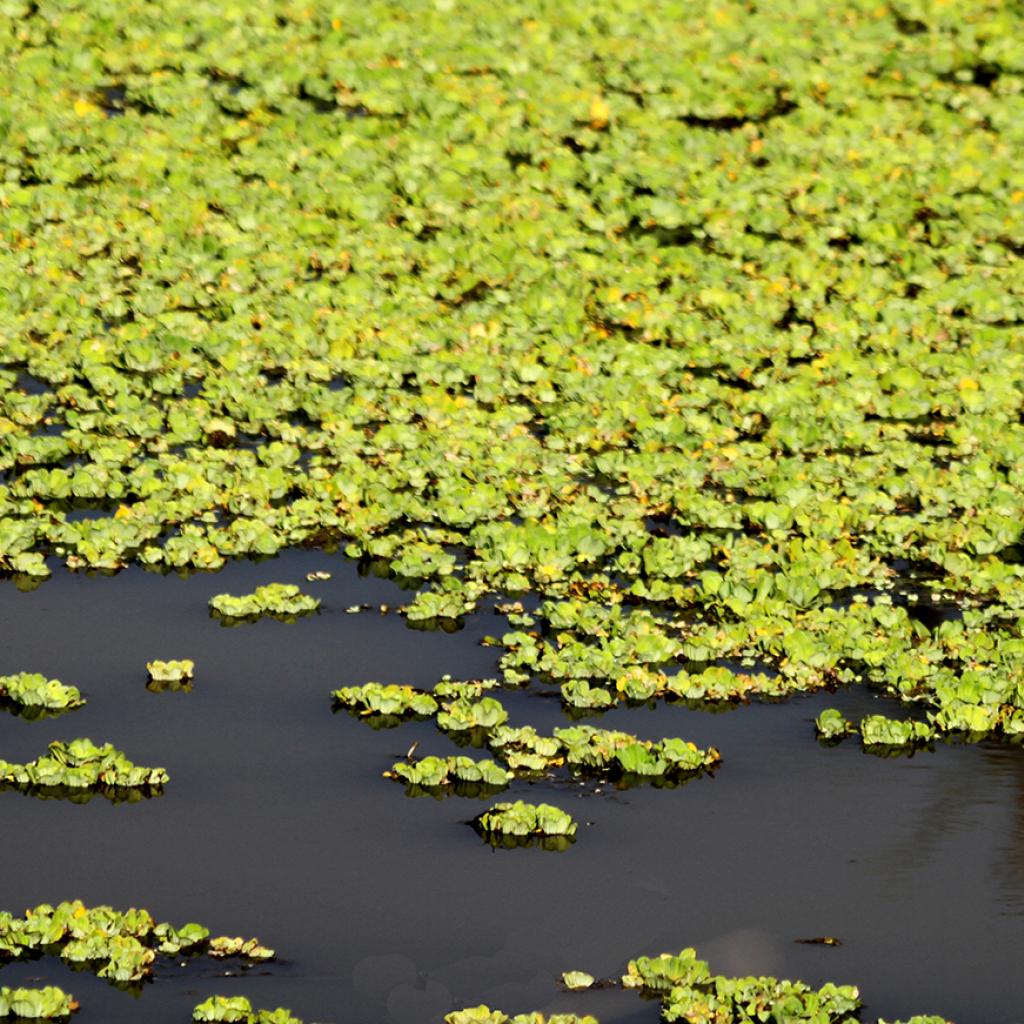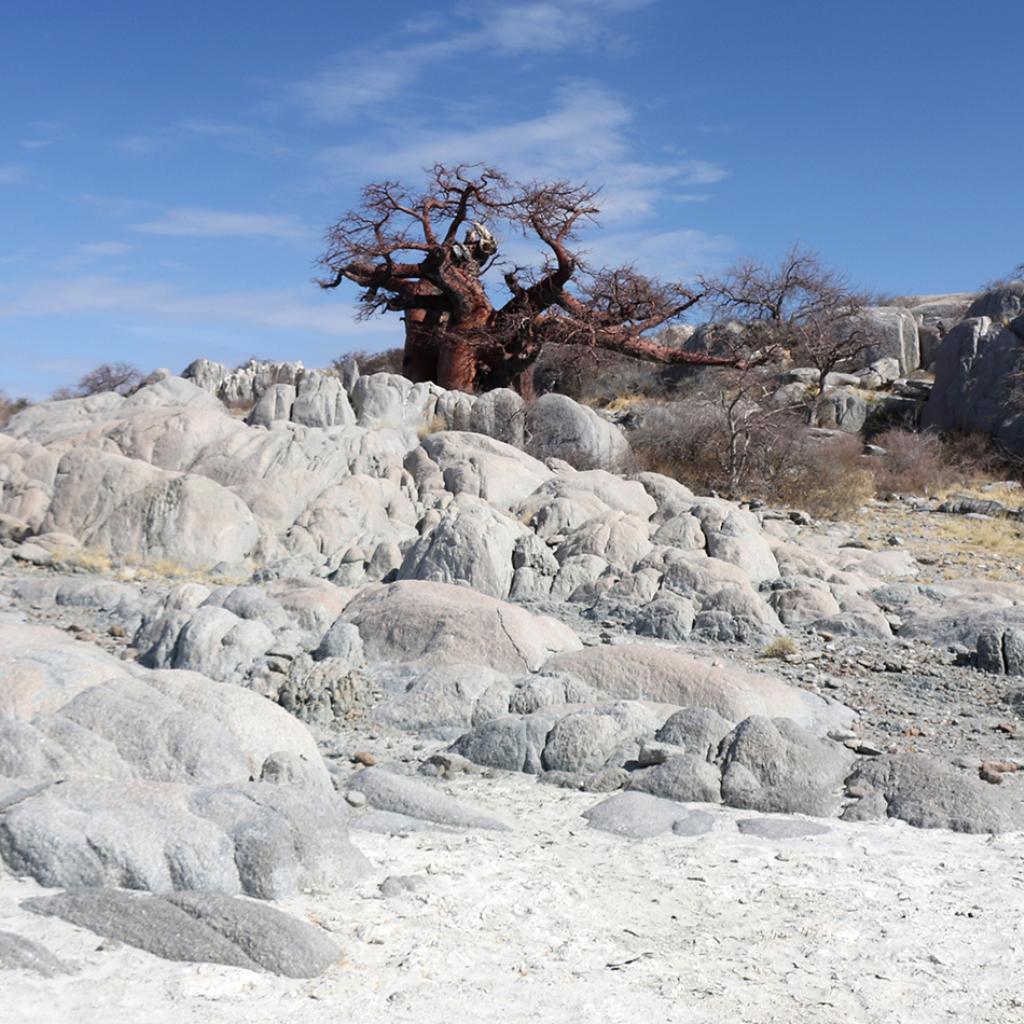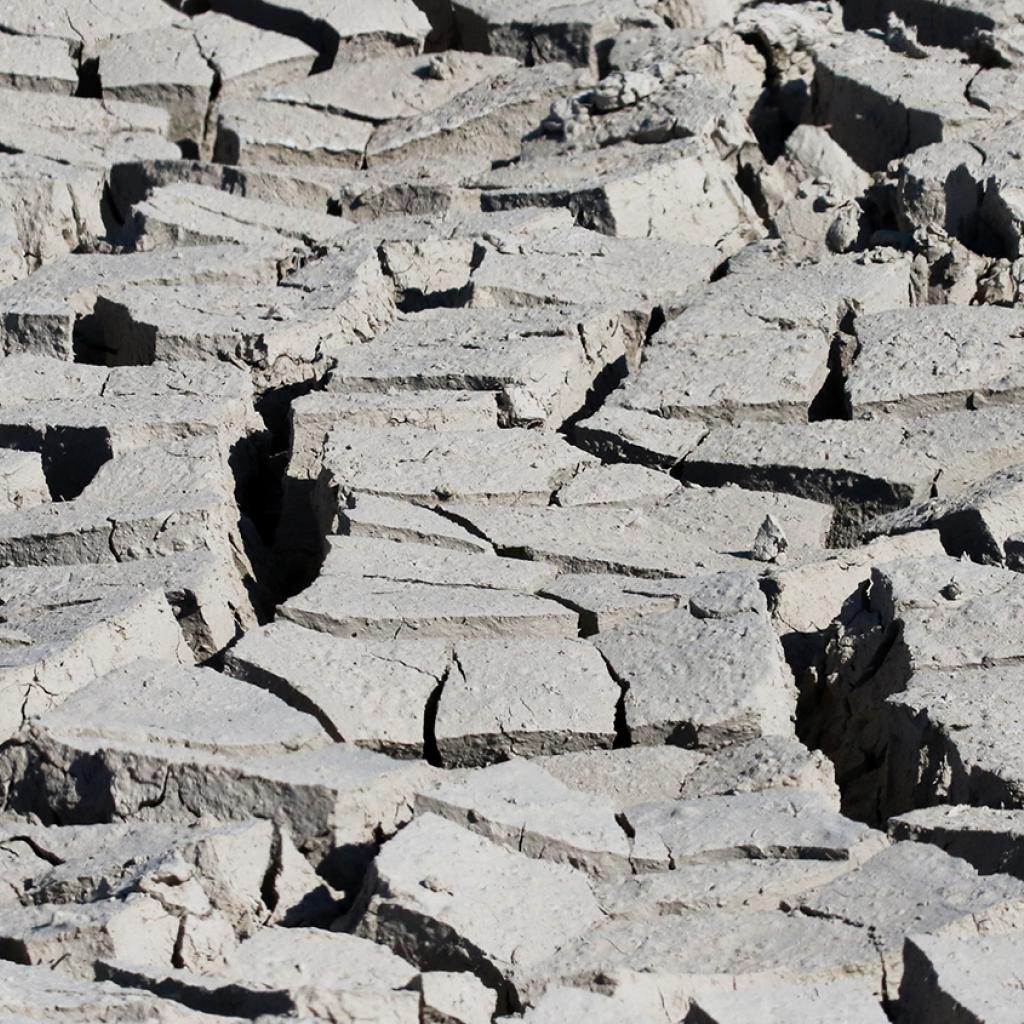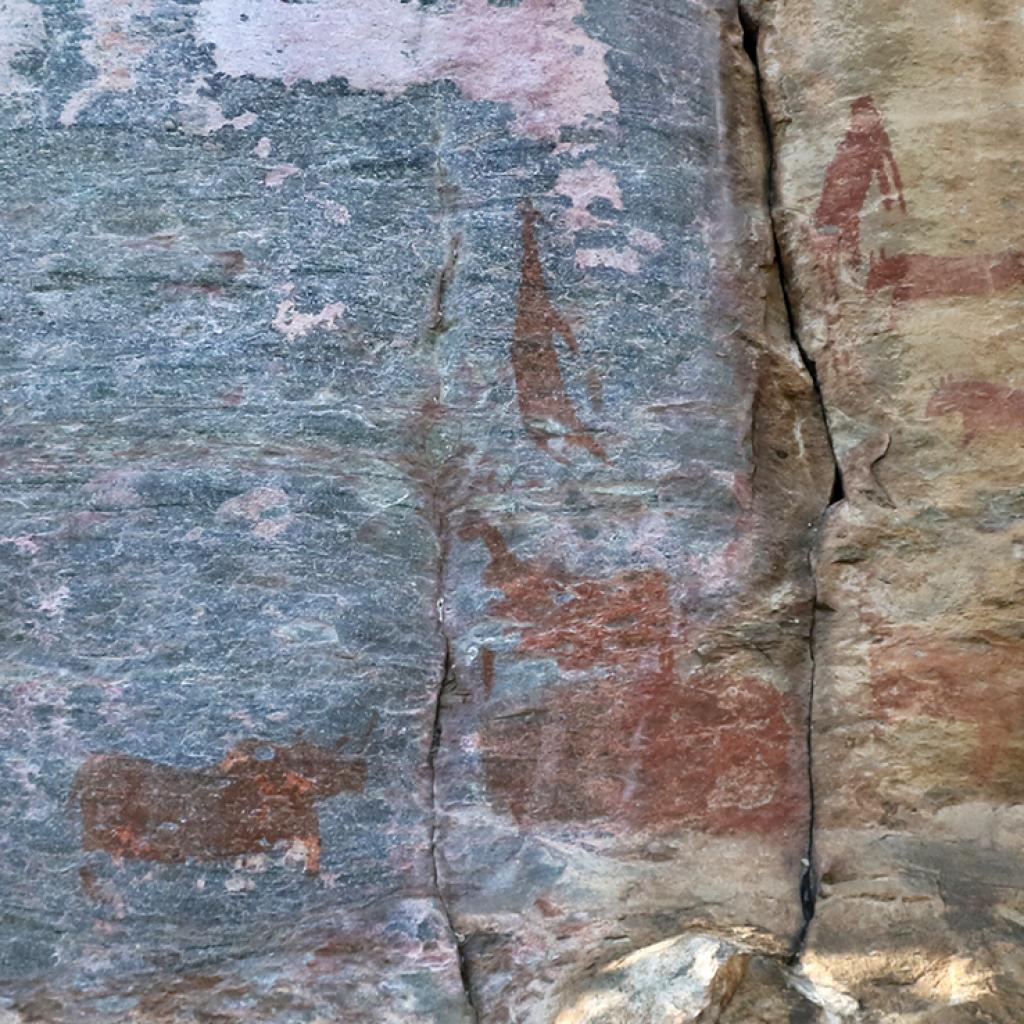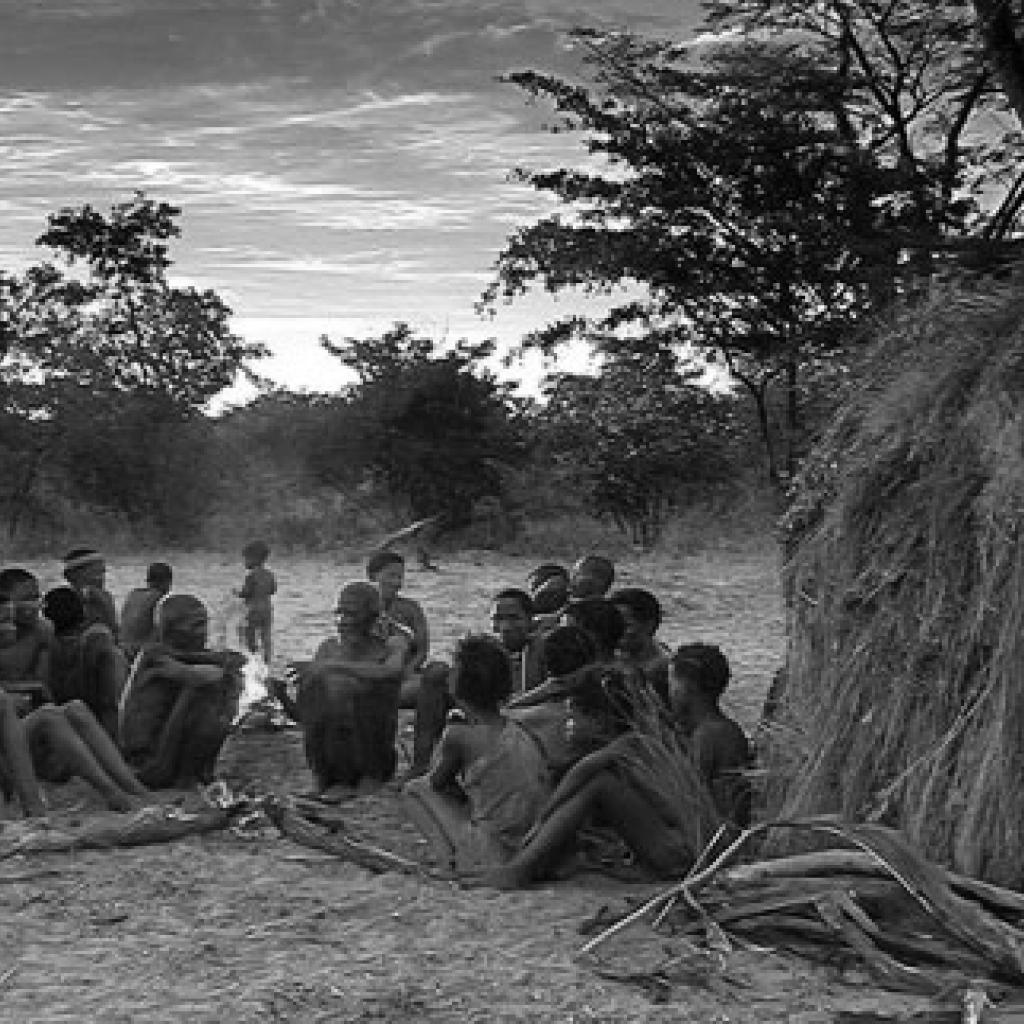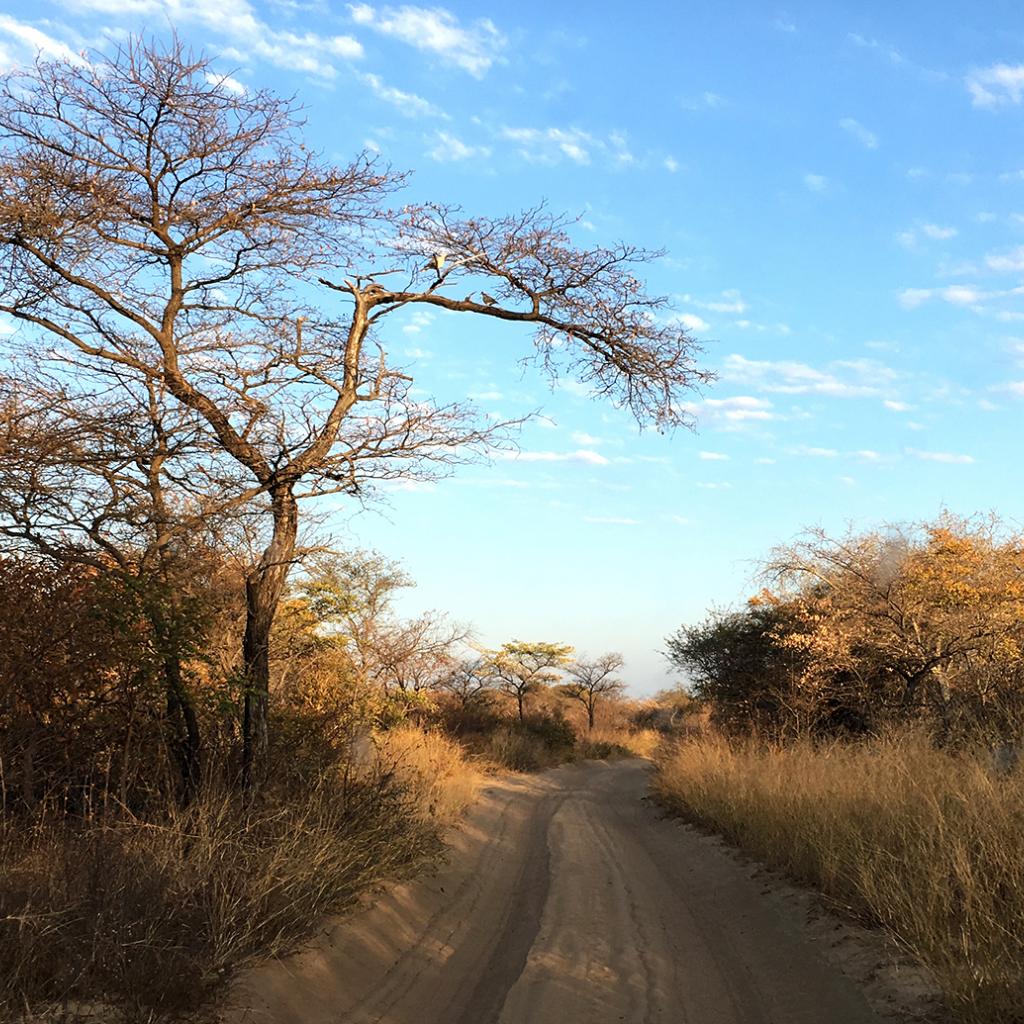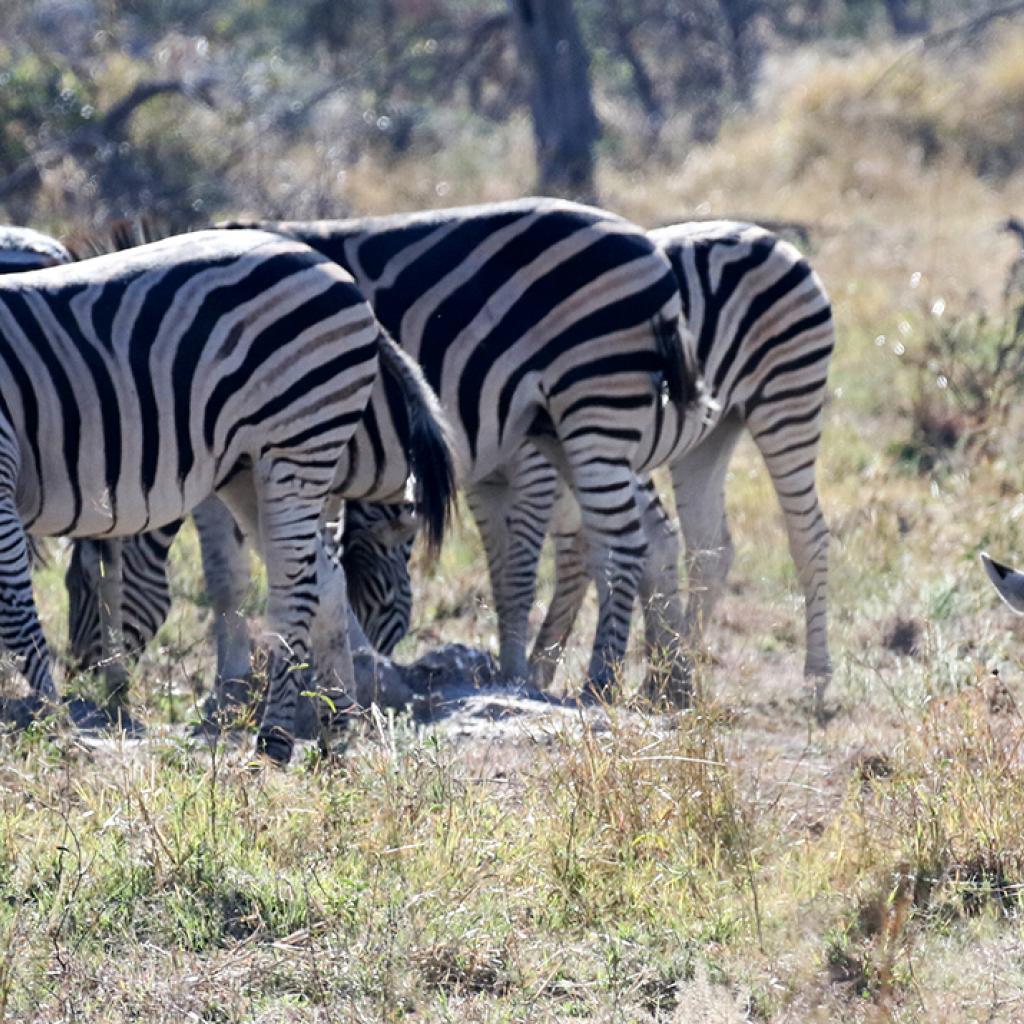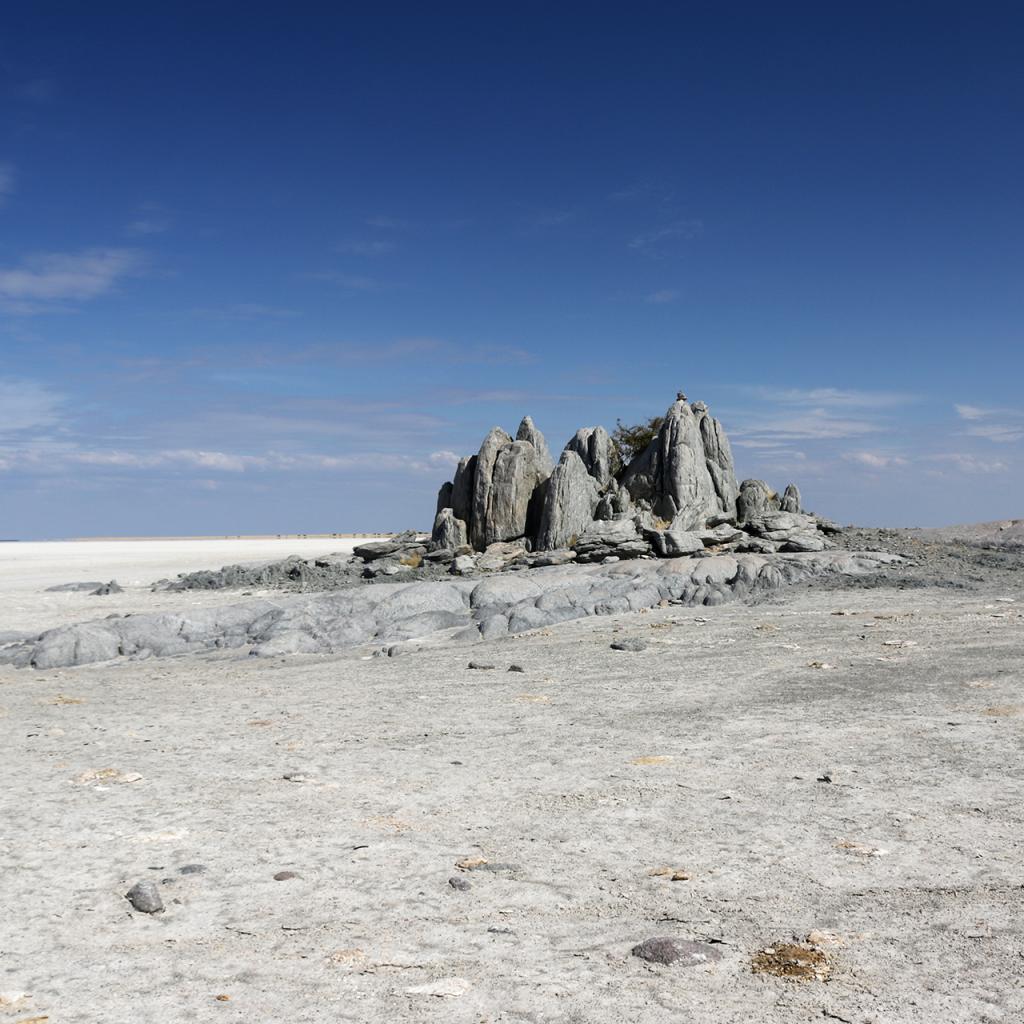In the past, before the population began to have an important impact on Botswana, animals were free to migrate during the year, moving from one area to another, in the constant search for the best place to find a certain source of food and water; in recent times, these shifts have been partially modified as a result of the building of human barriers, but continue to exist.
Understanding the paths of these migrations helps to identify the best places to go for good sightings throughout the year.
The migration in Botswana during the dry season
During the dry season, the animals concentrate around permanent water sources, so during the months from June to October there will be a great concentration along the waterways such as the Chobe, the Kwando, the Linyanti and the Boteti.
The swampy area of the Savuti Marsh, since recently, has got back the water, is not affected by the migration; here animals find vegetation and water throughout the year and therefore have no reason to move.
The Okavango Delta has a population of animals that resides here all year long, especially with regard to the most inland areas, such as the Chief Island, even in the more remote areas there are species that stay here all year long since water and food are always available.
To these, during the dry season, add up other animals that move here from other parts of the country; in particular from the Nxai Pan National Park, the Makgadigadi Pans and the Kalahari Central Reserve.
In addition to the herds of zebras and antelopes, they are mainly elephants and buffaloes that return here during the dry season after they have left off during the rainy season.
The migration in Botswana during the rainy season
During the rainy season, animals are freer to move around the area, as the water is available a little everywhere; the herbivores then disperse on the territory, thus giving way to the vegetation, so exploited during the dry season, to regenerate.
In November large herds of zebras and other herbivores cross the Chobe National Park, leaving behind the Chobe and Linyanti Rivers and heading South to find new pastures.
In December, the herds reached the Nxai National Park, the Makgadikgadi Pans and the Central Kalahari Reserve where, thanks to the rains, they can find food and water.
In the Nxai National Park, the herds will certainly stop until March, but sometimes it is possible to find them still here in May or June, much depends on the intensity of the rains; some specimens, a small part, remain here even during the dry season since an artificial puddle was built that has water all year round.
The Makgadikgadi Pans are spectacular when they are flooded during the rainy season and attract above all large herds of zebras from the Okavango Delta, the Chobe National Park and especially from the nearby Boteti River.
They usually stay in this place until March, when, with the end of the rain, the water begins to dry; the herds thus return to the major waterways such as the Chobe and the Linyanti, towards the Okavango Delta and the Boteti River.
In the Central Kalahari Reserve, the herds mainly focus on the Deception Valley where, during the rainy season, there are grasslands; they usually stay in this area from December until April or May, when they return North.
The animals map in Botswana month by month
The migration in Botswana from December to March
The Central Kalahari Reserve, the Makgadikgadi Pans, the Nxai National Park, the Okavango Delta and the Savuti Marsh
The migration in Botswana in April
The Central Kalahari Reserve, the Nxai National Park, the Okavango Delta, the Boteti river and the Savuti Marsh
The migration in Botswana in May
The Central Kalahari Reserve, the Nxai National Park, the Okavango Delta, the Boteti river and the Savuti Marsh
The migration in Botswana from June to October
the Chobe, the Linyanti, the Kwando rivers, the Okavango Delta, the Boteti river and the Savuti Marsh
The migration in Botswana in November
The Chobe National Park, the Okavango Delta, the Boteti river and the Savuti Marsh
